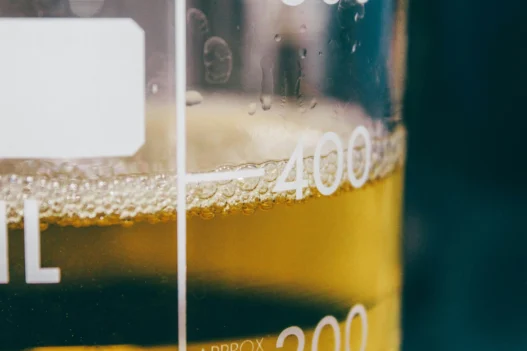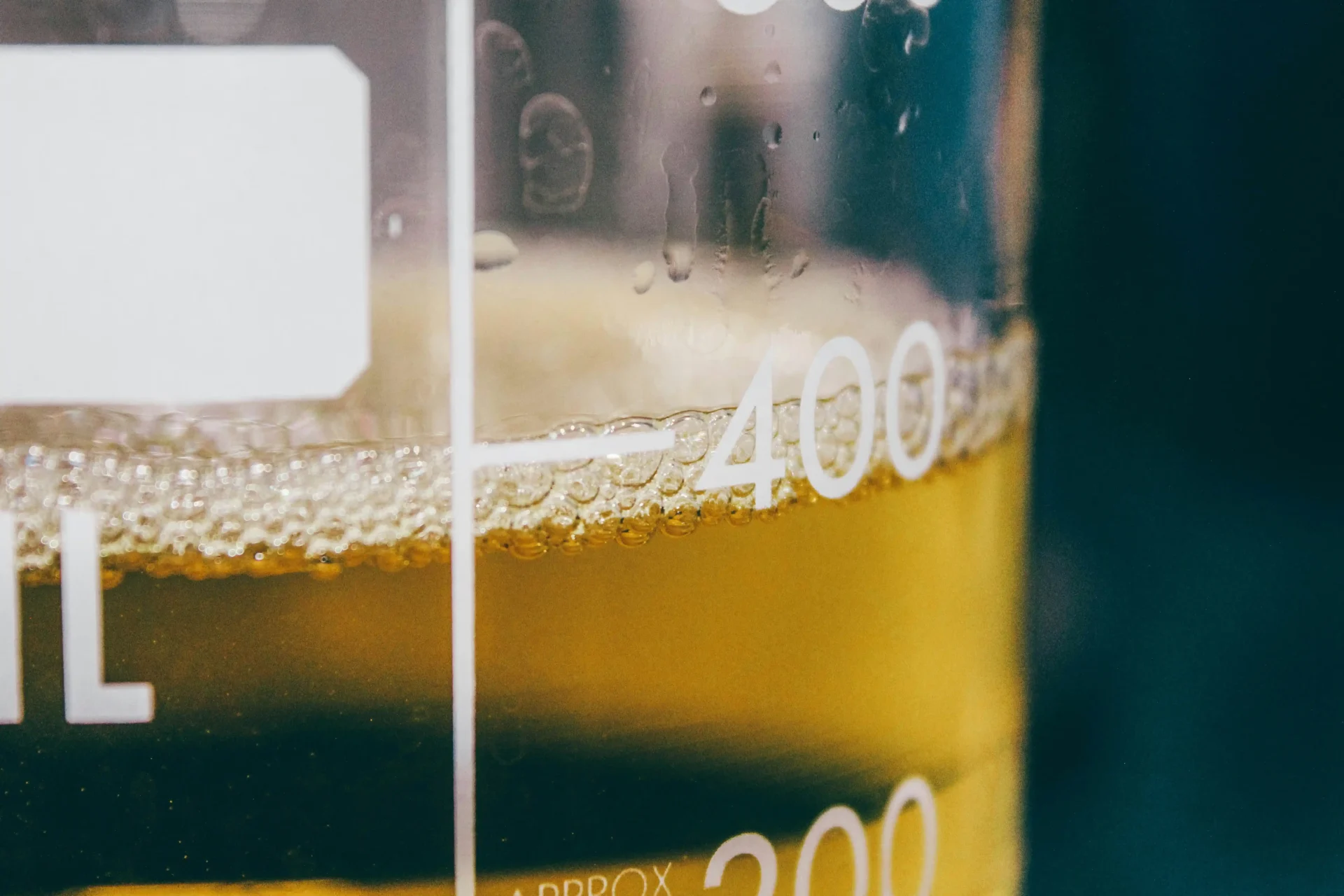2,4-Dichloroaniline holds significance in everyday life due to its application in various industrial processes and consumer products. This chemical compound is commonly utilized in the production of dyes, pharmaceuticals, and pesticides. Additionally, 2,4-Dichloroaniline serves as a precursor in the synthesis of other important chemicals, thereby contributing to the advancement of numerous sectors. Given its diverse uses, this compound plays a crucial role in shaping the modern lifestyle and economy.
Table of Contents:
- 💡 Commercial Applications
- ⚗️ Chemical & Physical Properties
- 🏭 Production & Procurement
- ⚠️ Safety Considerations
- 🔬 Potential Research Directions
- 🧪 Related Compounds
💡 Commercial Applications
2,4-Dichloroaniline, a chemical compound with the molecular formula C6H5Cl2N, has numerous commercial and industrial applications. It is commonly used as an intermediate in the production of various dyes and pigments. Additionally, 2,4-Dichloroaniline is utilized in the manufacture of pharmaceuticals, pesticides, and other organic chemicals due to its versatility and reactivity.
In the realm of drug and medication applications, 2,4-Dichloroaniline is primarily used as a precursor in the synthesis of pharmaceuticals. It serves as a building block for the creation of various medications, including antihistamines and antifungal drugs. Due to its structure and chemical properties, 2,4-Dichloroaniline plays a crucial role in the pharmaceutical industry by enabling the production of essential medications that contribute to human health and well-being.
⚗️ Chemical & Physical Properties
2,4-Dichloroaniline is a white crystalline solid with a slight odor. It is sparingly soluble in water but soluble in organic solvents.
With a molar mass of 162.01 g/mol and a density of 1.39 g/cm³, 2,4-Dichloroaniline is heavier than common food items such as sugar and salt in terms of molar mass and density.
The melting point of 2,4-Dichloroaniline is 70-73°C and the boiling point is 237-239°C. These values are significantly higher than those of common food items, such as chocolate, butter, and olive oil.
2,4-Dichloroaniline has a low solubility in water and low viscosity. This differs from common food items like sugar and salt, which have high solubility in water and low viscosity.
🏭 Production & Procurement
2,4-Dichloroaniline, a chemical compound used in various industrial processes, is typically produced through the reaction of aniline with chlorine gas in the presence of a catalyst. This reaction results in the substitution of two chlorine atoms at positions 2 and 4 on the aniline molecule, producing 2,4-Dichloroaniline as the final product.
The procurement of 2,4-Dichloroaniline involves sourcing the necessary raw materials, such as aniline and chlorine gas, from reputable chemical suppliers. Once obtained, these materials are used in the production process to generate 2,4-Dichloroaniline in a controlled laboratory or industrial setting. The compound is then filtered, purified, and packaged for transportation.
Transportation of 2,4-Dichloroaniline is typically carried out in sealed containers to prevent contamination or leakage during transit. The compound may be transported via road, rail, or air, depending on the quantity and destination of the shipment. Proper labeling and documentation are required to ensure compliance with regulations governing the handling and transportation of hazardous chemicals.
⚠️ Safety Considerations
Safety considerations for 2,4-Dichloroaniline involve handling the chemical with caution due to its toxic and harmful effects on human health. Exposure to 2,4-Dichloroaniline can occur through inhalation, ingestion, or skin contact, leading to irritation, burns, or even systemic toxicity. It is essential to use appropriate personal protective equipment, such as gloves, goggles, and a lab coat, when working with this chemical to minimize the risk of exposure. Additionally, 2,4-Dichloroaniline should be stored in a well-ventilated area away from incompatible substances to prevent accidents or spills that could result in harmful exposure.
Hazard statements for 2,4-Dichloroaniline include “Toxic if swallowed,” “Causes skin irritation,” “Causes serious eye damage,” and “May cause respiratory irritation.” These statements indicate the various ways in which exposure to 2,4-Dichloroaniline can harm human health, emphasizing the need for proper handling and precautions when working with this chemical. It is important to take these hazard statements seriously and follow established safety protocols to avoid adverse effects on health and the environment.
Precautionary statements for 2,4-Dichloroaniline include “Wear protective gloves/eye protection,” “IF IN EYES: Rinse cautiously with water for several minutes,” “If skin irritation or rash occurs: Get medical advice/attention,” and “Avoid breathing dust/fume/gas/mist/vapors/spray.” These precautionary statements highlight the necessary precautions that should be taken when working with 2,4-Dichloroaniline to minimize the risk of exposure and harm. It is crucial to strictly adhere to these precautionary measures to ensure the safe handling and usage of this chemical.
🔬 Potential Research Directions
One potential research direction for 2,4-Dichloroaniline is the investigation of its environmental impact and potential toxicity to various organisms. Studies could focus on the bioaccumulation and persistence of this compound in water, soil, and organisms in order to assess its overall ecological risk.
Another area of interest for research on 2,4-Dichloroaniline could be its potential applications as a precursor in the synthesis of pharmaceuticals, agrochemicals, or other valuable chemicals. Understanding the reactivity and selectivity of this compound in various chemical reactions could lead to the development of new synthetic methodologies and the discovery of novel compounds with useful properties.
Furthermore, research on the degradation pathways of 2,4-Dichloroaniline in the environment could be valuable for developing remediation strategies to mitigate its presence in contaminated sites. Investigating the biodegradation mechanisms and identifying potential microbial pathways involved in the breakdown of this compound could provide valuable insight for environmental cleanup efforts.
🧪 Related Compounds
One similar compound to 2,4-Dichloroaniline is 2,5-Dichloroaniline. This compound has a molecular structure similar to 2,4-Dichloroaniline, with chlorine atoms positioned at the 2 and 5 positions on the aniline ring. Like 2,4-Dichloroaniline, 2,5-Dichloroaniline is commonly used in the synthesis of various organic compounds.
Another compound with a molecular structure akin to 2,4-Dichloroaniline is 2,4-Dibromoaniline. In this compound, bromine atoms occupy the 2 and 4 positions on the aniline ring, as opposed to chlorine atoms in 2,4-Dichloroaniline. 2,4-Dibromoaniline shares similar chemical properties with 2,4-Dichloroaniline due to the common functional group (aniline) and halogen substituents.
A further compound resembling 2,4-Dichloroaniline in molecular structure is 2,4-Difluoroaniline. In this compound, fluorine atoms are present at the 2 and 4 positions on the aniline ring, differing from chlorine atoms in 2,4-Dichloroaniline. Despite the difference in halogen substituents, 2,4-Difluoroaniline exhibits similarities in reactivity and chemical behavior with 2,4-Dichloroaniline.








